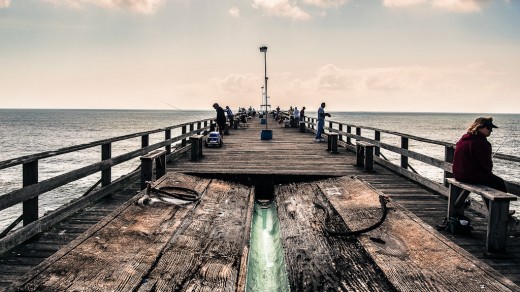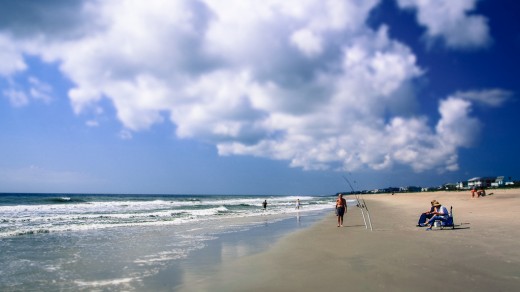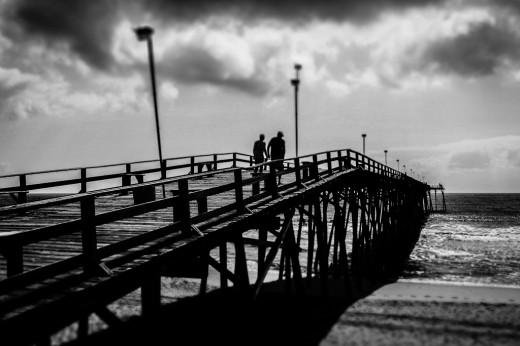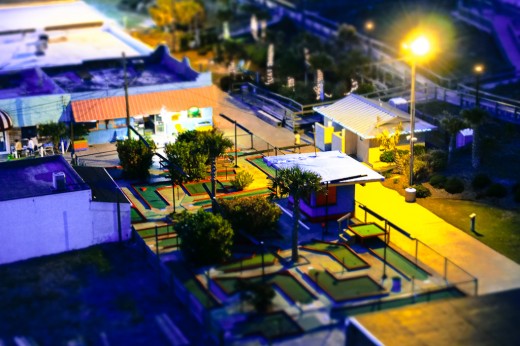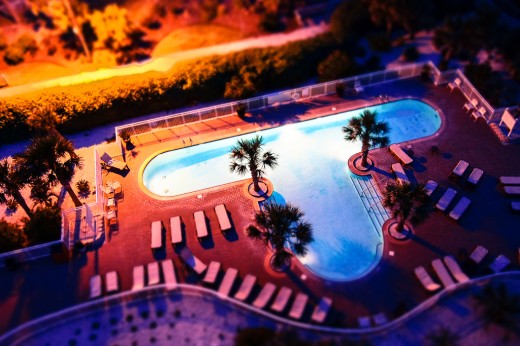The OM-D: A Sea Change, Part I
Okay, so the title of this one is a little bit punny. If you’ve followed my blog at all (there might be one or two people, or the voices in my head), you know that I have been looking for a small camera to replace the behemoths that I have carried around for the last few years. I found a great travel camera in the GF1, but as an early mirrorless camera, while great, there were areas where it came up short–areas that were unacceptable when people were trusting me to document their wedding day, or for editorial work in low light, or for anything that required flexibility and execution under basically any circumstances.
And I’m not going to say we are necessarily there now, either. I made a premature conjecture when the Fuji Xpro1 was announced, and figured it would be the answer to all my prayers–I’d be able to dump the heavy Canon gear in favor of a small, nearly weightless and inconspicuous rangefinder-like camera that would take great photos, be easy on my back and shoulders, and most importantly, make me look really hip and with it. But then reports came out that it still seemed sort of hacked together, and the autofocus wasn’t really there. Also, I had the phenomenal 5D Mark III in my hands. So my DSLR days are not over…. yet.
A couple of weeks ago, though, I picked up an Olympus OM-D, which is the digital version of the venerable OM SLRs of yore. Tiny and packed with 16 megapixels, it is basically an Olympus EP-3 with a newer sensor and an integrated electronic viewfinder. There are a lot of other differences, but essentially that’s what we’re dealing with. So, in theory, I had a camera that addressed most or all of the shortcomings of the GF1, as the OM-D promised to be better in low light, be quicker to operate and focus, and generally be a more professional and useful camera.
What I didn’t expect was how good it would actually be. I mean, don’t get me wrong, I’d read and heard about the advances in micro four thirds in the years between the GF1 and the OM-D. I knew it would be better. But I didn’t know it would wow-I-can-shoot-this-at-ISO3200 or 6400-good! I didn’t know it would be so fast to focus, or offer so much control at my fingertips, or produce clean files that just look so good.
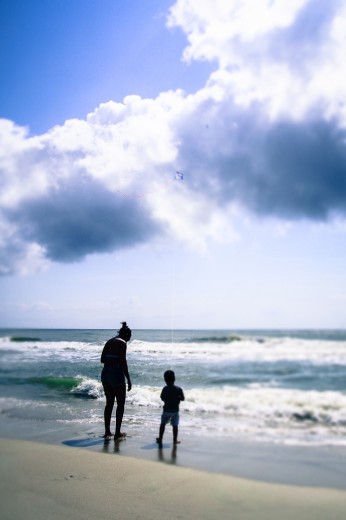 I had about 24 hours at the coast shortly after getting the OM-D, and it was the first chance I had to really put it through the paces, get my controls all sussed out, really see what it could do. I took it down to Carolina beach with me, with a single battery (spares aren’t available yet), and the 14-42mm kit lens.
I had about 24 hours at the coast shortly after getting the OM-D, and it was the first chance I had to really put it through the paces, get my controls all sussed out, really see what it could do. I took it down to Carolina beach with me, with a single battery (spares aren’t available yet), and the 14-42mm kit lens.
I don’t want to turn this into another geeky gear thread. I already do that more than I want to. What you need to know is this: this may be the start of the sea-change, this may really be the beginning of the end of DLSRs for me. I’m not going to make bold declarations–you know, the old once bitten, twice shy thing. But I will say that I have my venerable and beloved 5D for sale, and am considering putting the 1D Mark III up on the chopping block, as well. That would leave me with two cameras that have already wiggled their way into my photographic heart. They are both fantastic, and right now I’ll continue to straddle the line, because the 5D3 is great. Really great.
What I want to convey here, though, is how great our options are right now as photographers. The whole time at the coast, I kept thinking back to my first DSLR, a Nikon D70. 6 megapixels, 3 frames per second, 4 or 5 point autofocus. It was cutting edge at the time, and represented another seachange as it was one of the original serious digital cameras for the masses. It brought legit image quality and camera handling, as well as digital power generally, to the people.
The OM-D is better than that D70 in virtually every way. Every way. I thought I’d tolerate the EVF and wish I had an optical view instead. Nope, the EVF is great, and what you see is what you get, which is great when composing shots. I thought I’d be let down by the focus or the speed of the camera. Nope, the autofocus is quick, accurate, and locks on reliably. This little camera can shoot at 9 frames per second! That’s nearly as fast as my 1D mark III! I never shoot either at more than 5 or 6.
Right now, you pay a premium for a camera like the OM-D. You can get an entry-level DSLR that is at least as good for less. But it represents choice, and it represents alternatives. Importantly, it now represents less compromise, less giving up good and important things in favor of size and portability. It may be a game changer, or it may be one of many that slowly evolve the game. For me, it speaks of possibility of real change, of photographing unencumbered. It represents, in the long run, a potentially less sizable investment in equipment. Maybe.
Look at the photos, draw your own conclusions.
